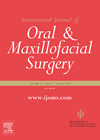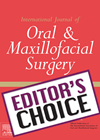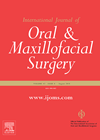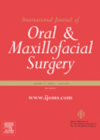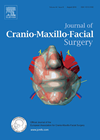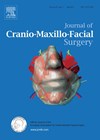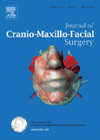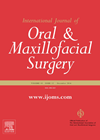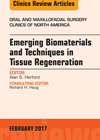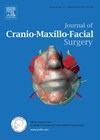
Journal Reviews
When to treat a fractured mandible?
This is a prospective study from Brisbane of 215 patients with a total of 359 fractures of the mandible. Nine outcome variables were analysed with a further 19 included to adjust for potential confounding. Treatment delay was found not to...
One anastomosis or two
This is a cumulative meta-analysis from Hong Kong reviewing 27 articles and a total of 7389 flaps. The authors, at the outset, acknowledge that the number of anastomoses is not the only factor of venous compromise and flap failure. Nonetheless...
Tranexamic acid and blood loss in bimaxillary surgery
This is a randomised, double blind, placebo-controlled trial from Thailand to clarify the most effective dose of Tranexamic acid in reducing blood loss during a bimaxillary osteotomy. They confirmed that the dose of 10mg per kg is the most efficacious...
Blindness after orthognathic surgery
This is a case report and review of the literature of this rare, but well recognised alarming complication. The authors discuss the possible mechanisms, suggesting that it does not arise from a direct injury to the optic nerve and is...
Non-surgical vs. surgical labiaplasty
The author suggests that unfavourable post-surgical complications and patient satisfaction are outcomes which are often unmet following more invasive procedures, demonstrated by an increase in demand into non-surgical procedures to correct labial hypertrophy, which is inconsistently defined by a limited...
Outcomes of heavily pre-treated oral squamous cell carcinomas
Oral squamous cell carcinoma is one of the more common cancers worldwide. Surgery is the mainstay of treatment and often these patients have had adjuvant therapies. In spite of improving five year survival rates, local recurrent progressive disease is still...
Postoperative antibiotics after a free flap surgery – is one dose enough?
Major head and neck surgery with ablation of oral cancer, neck dissection and free flap reconstruction is a well-established part of maxillofacial surgery. These patients however already have significant co-morbidities and together with a long operation, large wounds open for...
Which patients are more likely to have postoperative pulmonary complications after major head and neck?
Postoperative pulmonary complications (PPC) following major head and neck surgery are frequently encountered. Indeed, surgery in the head and neck area itself has been identified as a risk factor for these complications. Microvascular reconstruction is a widely accepted and proven...
Non-hormonal treatment options during the menopause
The author gives a comprehensive overview of prescribed treatment alternatives to hormone replacement therapy (HRT), discussing lifestyle, diet, alternative therapies, patient support and nurse education. The author argues that treatments for the symptoms of menopause are complex and that nurse...
Surgery for class III malocclusions pharyngeal airway and sleep apnoea effects
Thirty-three patients from Brazil were assessed for obstructive sleep apnoea and hypopnoea syndrome pre- and six months postoperatively. The 33 patients were made up of nine having mandibular set back surgery, six maxillary advancement and 18 bi-maxillary surgery. They identified...
Tissue engineered flaps
This article provides a thorough summary of the current techniques available in head and neck reconstruction. It details the challenge of restoration of form and function posed by the shape of the craniofacial skeleton and soft tissue. The introduction on...
Another paper advocating resection templates
Resection in the head and neck region leads to complex defects with significant impairment in function. Reconstruction is even more difficult and to improve the accuracy of both resection and reconstruction a number of aids are used. With the improved...

